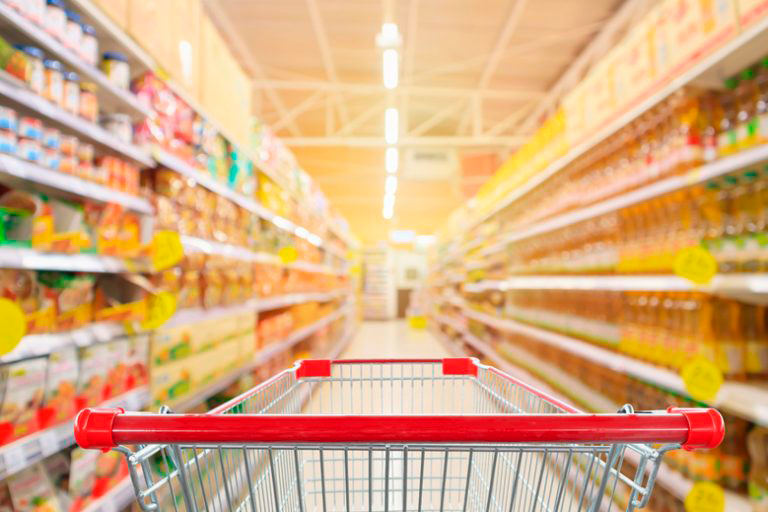Learn how to organize supermarket shelves strategically and increase your sales with simple techniques.
Organizing shelves is one of the most important points for supermarkets.
Depending on how the shelves are organized, you can sell more or less.
It may seem superfluous, but the arrangement of products on the shelves in a supermarket is what draws customers’ attention to the right place.
By applying a few strategies, you can improve the outflow of items stuck in stock, increase profitability and boost revenue.
That’s what we’re going to learn in today’s post.
How important is it to have organized shelves?
If a customer walks down the aisles of your supermarket and finds the shelves randomly organized, they are likely to feel confused and even leave.
Organization is the key to success. Keeping and organizing products strategically not only guarantees customer satisfaction, but also increases sales.
This is directly related to the ease of finding a product, which is a determining factor when it comes to purchases.
What’s more, drawing attention to the products you want to sell the most is easy to do by organizing the shelves.
Visual impact
Visual impact is when the customer immediately notices that a product is there, causing a feeling of need.
They simply need that product, which is laid out in such an attractive way that it becomes irresistible.
Cleanliness and organization
Nobody likes to pick up dusty products from shelves, no matter how long they’ve been there.
Cleanliness is essential when organizing supermarket shelves, as it gives the feeling of freshness and that the customer is buying something new.
Communication at the POS
It’s impossible to organize supermarket shelves and sell better if your communication isn’t efficient.
Pricing must be up to date and not a single product must be missing.
In addition, it’s interesting to keep the highlights properly indicated, promotions should attract more attention and novelties need to be noticed.
Product positioning
The main strategy for organizing supermarket shelves and selling better is the correct positioning of products.
First and foremost is the height division.
Above the head
This is where the less popular products, which are not as interesting to the consumer, should be placed, as they are out of sight.
Eye line
The prime area when you’re organizing the shelves. Here, place the most profitable products and those that call for impulse purchases. Understand that the most profitable products are not necessarily the most expensive, but the ones that make the most profit.
In other words, those with the greatest difference between purchase cost and sale value.
Waistline
This is where the high-demand products should be, which the customer is sure to be looking for. They are accessible and don’t get in front of the most profitable products (eye line).
Below the waist
This is where you should place the products that the customer will buy in one way or another. These are essential items that they won’t leave out of the cart.
You choose this height to leave the higher ones for products you want to sell more of, as those below the waist are guaranteed to sell out.
Floor
On the floor line, priority should be given to heavier products. If there aren’t any, extend the previous section.
Another option is to place cheaper products that you don’t want to sell as much.
Grouped organization
Organizing products in groups is another important point. There are 3 types that are most recommended.
Vertical
This is the main way to organize supermarket shelves and sell better.
Place the same product from the top shelf to the bottom in a vertical position, with no more than 10 units side by side.
This gives the customer plenty of room to see the products and not miss anything while walking.
Blocks
Similar to the previous one, but in blocks. Separate the blocks by type of product, usually the same brand, and again without too many products side by side.
Horizontal
Still used, but not recommended. Placing too many products side by side, and others on the bottom and top shelves, can cause customers not to notice all the products available as they walk past.
In addition to these three forms, there is also the organization for commemorative dates, which should follow the vertical or block patterns.
Labels are essential
You need to ensure that pricing is impeccable. That’s because if the customer can’t find the price of a product, the chances of them buying it are less than 10%.
The recommendation is that you have the following items:
- Price tags
- Label holders
- Label rails
- Rail terminal
- Electronic labels
Electronic labels are great for changing pricing instantly, without the hassle of having to replace them with new ones.
However, you will need specific rails for electronic labels.
Tecnoperfil works with rails for electronic label holders that are highly resistant and easy to install. Check them out!






